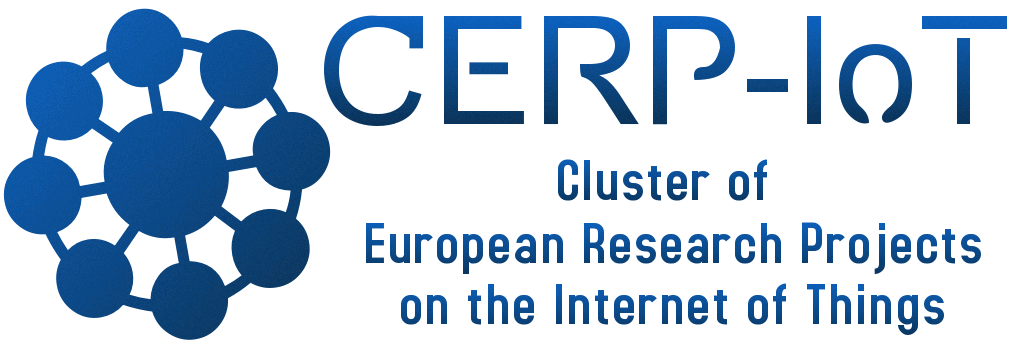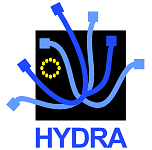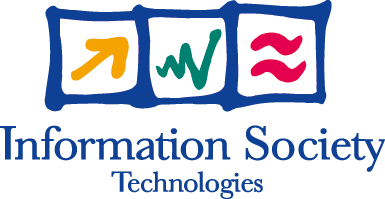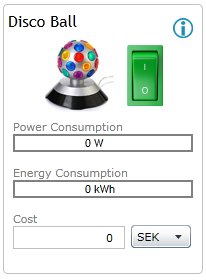- 09 Jun 2007
- Related projects
- 4267 Reads
Full Name: | SMEs Networking European Food Safety Stakeholders | |
Basic data: | Type of the project: | IST FP6 project, Specific Support Action |
| IST SO: | Realising ERA objectives - Promotion of SME participation - Stimulating international cooperation - Linking with Candidate Countries - Supporting Policy Development - Stimulating exploitation - Contributing to the EU strategy for Life Scien | |
| Project Reference: | 514050 | |
| Launch: | April 2005 | |
| Duration: | 14 months (finished) | |
| Consortium: | 6 partners from 2 countries | |
| Coordinator: | Spread European Safety GEIE, Italy | |
Website | http://smes-net.ciaa.eu/asp/home.asp | |
Description: | The Food & Drink Industry (F&DI) is the
largest manufacturing sector in the EU, counting 35,000 enterprises (98%
of which are SMEs), with a turnover of EUR650 billion, 90% of which is
produced by SMEs. As SMEs play a critical role in food safety and
nutritional issues, the present project intends to reach at least 20%
(7,000) of the most representative of them, either for branch or for
geographical area. SMEs are ideally placed to link consumers, industry
and science to provide consumers with better and healthier food through
a more "demand driven" scientific research on food safety
innovation, nutritional value and raw materials and technology. On the
other hand, the current links between the above mentioned "Food
Quality & Safety Stakeholders - FQSS" are weak and only part of
the research efforts ends up in consumers' dishes. The 10 F&DI Feds
of the EEIG "Spes GEIE" have assessed the need to strengthen
the links between their members and the other FQSS. The present project aims at establishing the foot-roots of a European permanent network linking SMEs upwards with research institutions and downwards with consumers and nutritionists. The project is also a pilot action to lay the basis for the prospective participation of SMEs to future Community RTD activities, by establishing sectoral Working Groups (WGs) composed by representatives of the industry and of all FQSS. The WGs will assess and study, through a commonly developed methodology, the local industry RTD needs. Results emerged in each individual assessment will be discussed during a series of regional meetings organised in three selected locations. During these meetings the most stringent topics on food safety, technology, and nutritional issues and consumers expectations will be identified. The Scientific Committee of SPES will collect the meeting/workshop proceedings and will prepare material to be widely disseminated throughout the participants' networks and at EU level. Project duration is 14 months. | |
| Relevance to HYDRA: | Several regional meetings were organised within SMES-NET project. During these meetings the most stringent topics on food safety, technology, and nutritional issues and consumers expectations were identified and selected contribution were used for preparing material appointed for dissemination at EU level as well. This material could be the source of many interesting information useful for identifying users requirements within agriculture domain. | |





 The Hydra project is co-funded by the
The Hydra project is co-funded by the 


